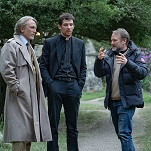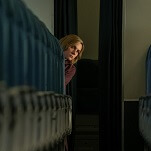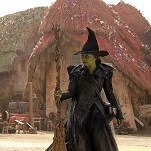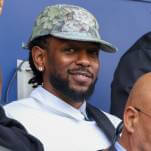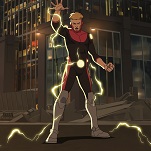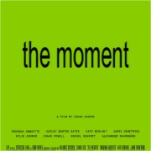The late Mitch Hedberg once joked that comedians can never just be great at stand-up; they’re always asked to act or write or “do shit that’s related to comedy, but it’s not comedy, man.” (Hedberg compared it to a being a really good cook and being asked, “Can you farm?”) That’s been the persistent problem for Norm MacDonald, who in the right context, can be the funniest man on the planet, but who rarely gets the chance to show what he can do—or perhaps he does, and just doesn’t care to play along. MacDonald was one of the most original stand-ups of the early ’90s, combining the absurdity of Steven Wright with the dark humor of Drake Sather, but he really came into his own on Saturday Night Live, where he showed an unexpected knack for celebrity impressions, and an Andy Kaufman-like willingness to make audiences uncomfortable. MacDonald’s career has ranged from precisely written and performed pieces of crowd-pleasing comedy to flippant experiments in anti-comedy.
In 1999, a year after being pushed out at SNL, MacDonald teamed up with The Drew Carey Show producer/co-creator Bruce Helford—with whom he’d worked as a writer on Roseanne—for The Norm Show, a sitcom that cast MacDonald as a disgraced hockey player serving a court-mandated stint as a social worker. The premise was tailor-made for MacDonald. He got to play a character who didn’t give a shit, and he got to interact with people portraying criminals, prostitutes, and addicts—thus allowing him ample opportunity to use his favorite phrase, “crack whore.” But The Norm Show arrived toward the end of ABC’s brief ’90s boom of decent sitcoms, and any of the funky energy that originally enlivened shows like Drew Carey had been watered down considerably by the time The Norm Show hit the air. The first 10-episode season was a modest hit, and then the show—renamed Norm—bounced around the schedule before getting canceled at the end of its third season. Before it died, Norm fell prey to all of ABC’s usual gimmicks: a stream of guest stars (from a near-dead Richard Pryor to a pre-media-saturation Dr. Phil) and a succession of stunt episodes (including one where the cast dressed as Pokémon characters for a dream sequence, and one where they dropped movie references for an Oscar contest).
What’s largely missing from Norm is MacDonald’s personal sensibility. It isn’t a bad show, by and large. Helford is skilled at making working-class ennui entertaining, and cast members like Ian Gomez and Laurie Metcalf (and, starting in the second season, Artie Lange, reportedly at MacDonald’s request), know how to hit their marks and get laughs even from uninspired jokes. But while MacDonald gets to show his endearingly scruffy side—which shades into Woody Allen territory at times—he only occasionally got to indulge the comic anarchist within. The Norm Show is reasonably entertaining even now, 10 years after it went off the air, but when MacDonald shrugs off a client’s return to prostitution by cheerfully muttering, “I lost one, so what?” or when he tries to persuade a hockey review board to reinstate him because he’s become a better person “with the help of my Lord and savior, Jesus Christ of Nazareth,” it’s hard not to pine for the Norm show that could’ve been.
Key features: Given how irreverent MacDonald can be toward the usual show-biz shtick, it’s a welcome surprise to hear him participate with Helford in eight commentary tracks. Granted, MacDonald mumbles a lot and goes through long stretches of not saying much, but when he does talk, he offers some genuine insights into what he and Helford were trying to accomplish, and how well he felt they pulled it off.

